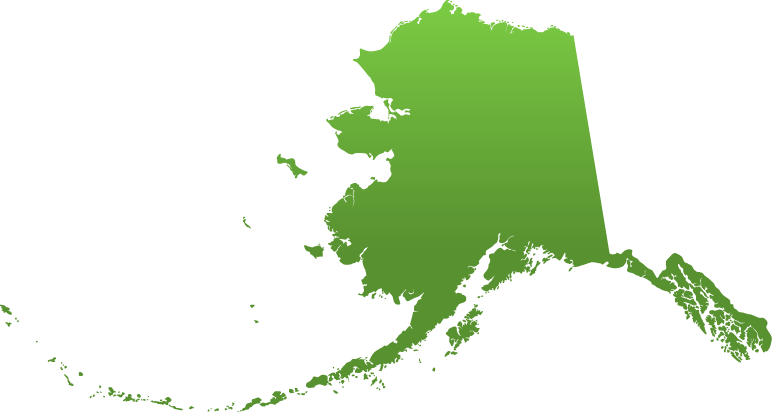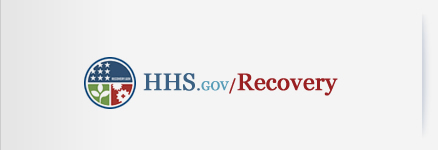HHS Recovery Act: Alaska Highlights

| Since the enactment of the Recovery Act in 2009, the U.S. Department of Health and Human Services has made $582.1 million in stimulus funds available in the State of Alaska* for Community Health Centers, universities and other institutions in the State to provide fiscal relief, improve and expand access to health care, provide child care and other social services for its most vulnerable citizens, establish the infrastructure for health information technology, and conduct scientific research. 
|
This includes:- $262.8 million for the increased Federal share (FMAP) of State Medicaid costs.
- $208 million through the Indian Health Service, including funds from the EPA, for health facilities construction, equipment, sanitation facilities and maintenance and health information technology (IT), including:
- $142.5 million to complete construction of the Norton Sound Regional Hospital in Nome.
- $28.5 million for scientific research and research facilities, including:
- $7.4 million for the University of Alaska Fairbanks to build a facility for research on prevention of obesity and chronic disease health disparities among Alaska Natives.
- $23.9 million for Community Health Center services, construction, renovation and equipment; health care services; and health IT, including:
- $4.2 million for Alaska Island Community Services in Wrangell for increased demand for services, construction and equipment;
- $3.1 million for the Tanana Chiefs Conference in Fairbanks for increased demand for services, construction, equipment and health IT.
- $287,000 for the Municipality of Skagway for construction and equipment.
- $20.6 million for health IT, including:
- $11.1 million for Alaska’s Medicaid Electronic Health Record incentive program for implementation and payments to providers and hospitals.
- $10 million for Temporary Assistance for Needy Families (TANF), including $399,000 for subsidized employment programs.
- $8.2 million for Early Head Start and Head Start programs to expand services and improve quality.
- $5.1 million for the Community Services Block Grant for community action agencies to assist low-income residents in becoming self-sufficient.
- $4.4 million for the Child Care and Development Fund to increase access to child care and to improve quality.
- $1.6 million to support 34 National Health Service Corps clinicians providing primary health care in Health Professional Shortage Areas.
- $889,000 for meals and nutrition services for the elderly, including $404,000 for meals and nutrition services for elderly Native Americans.
- $829,000 for the Communities Putting Prevention to Work initiative for State programs targeting obesity and tobacco.
*The total funding in this document is based on the HHS Sept. 30, 2011, Financial and Activity Report (FAR) for the Recovery Act, available at the Department’s website, http://www.hhs.gov/recovery/reports/index.html, except for FMAP, which is based on the Oct. 21, 2011, FAR and FMAP obligations of $45.2 million in Recovery Act funds extended by P.L. 111-226. The highlights are a selection of programs funded by the Recovery Act and do not add up to the total funding within the State. For more information about individual HHS programs and Recovery Act funding, see http://www.hhs.gov/recovery/. Last updated: November 18, 2011 |









